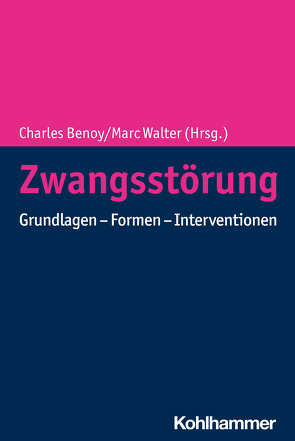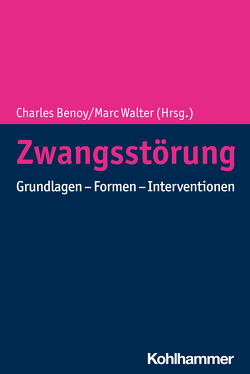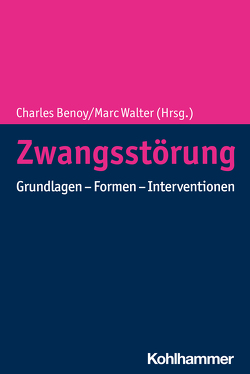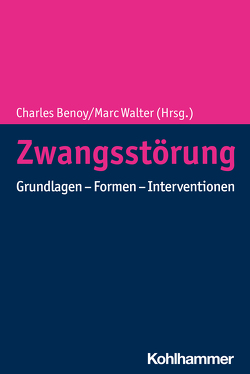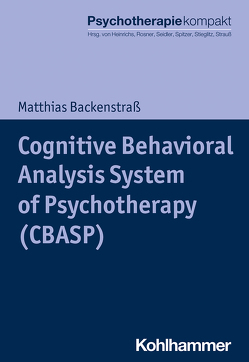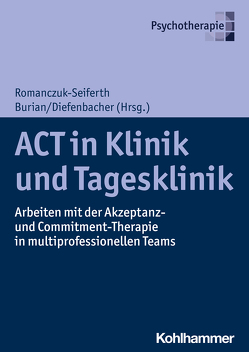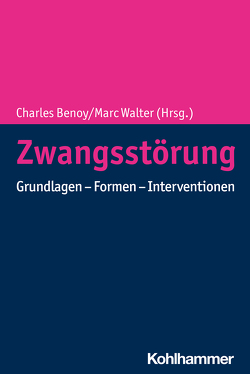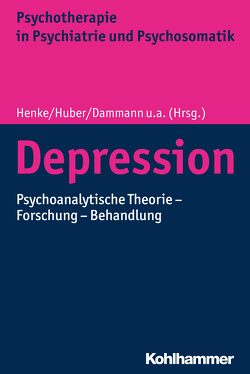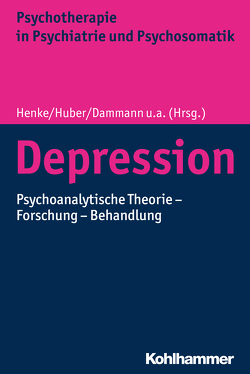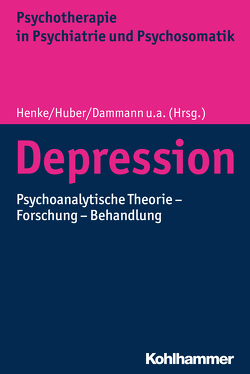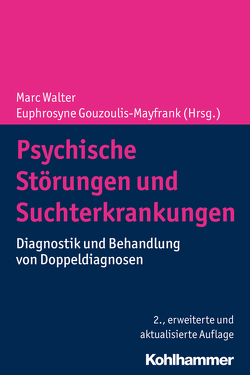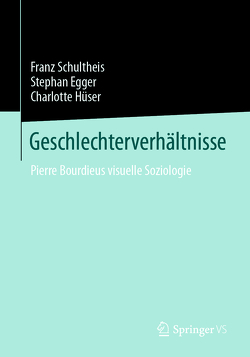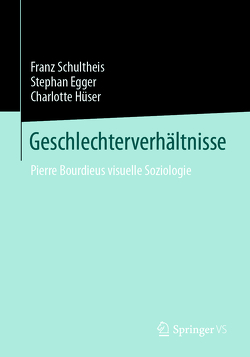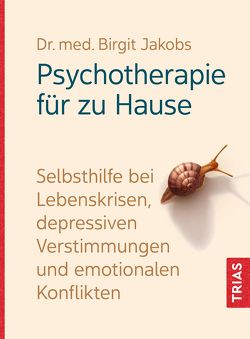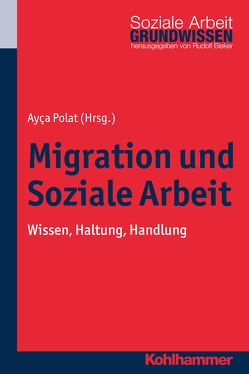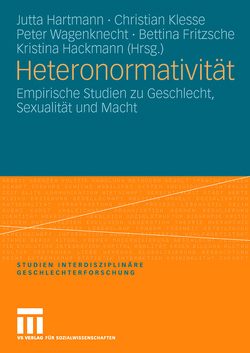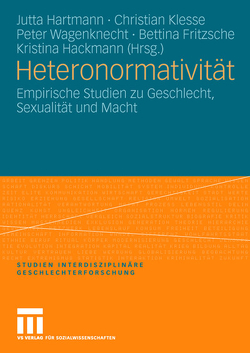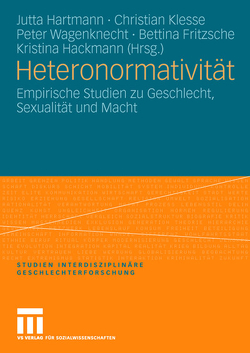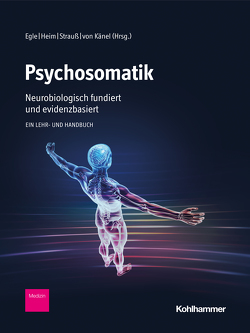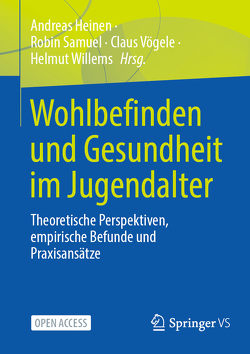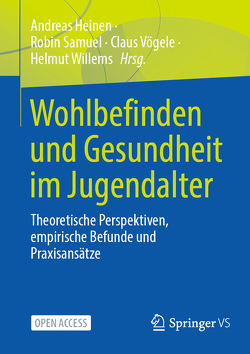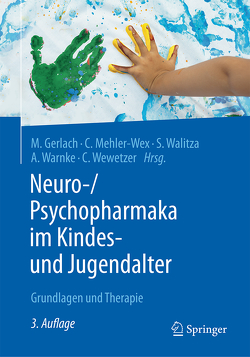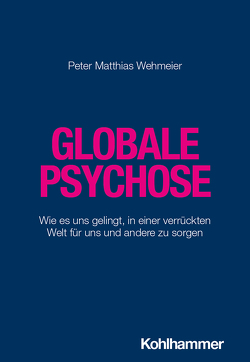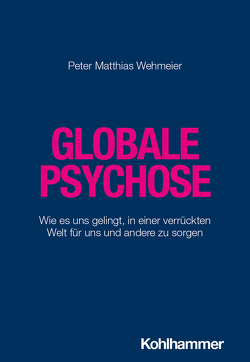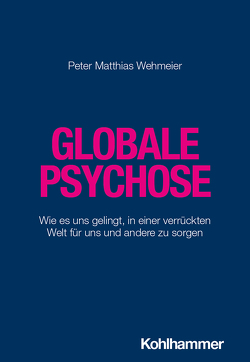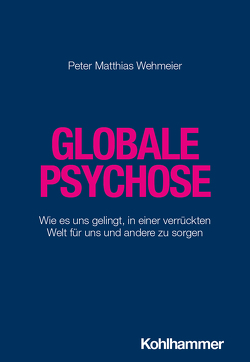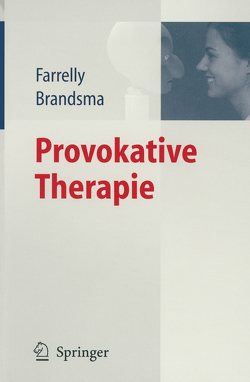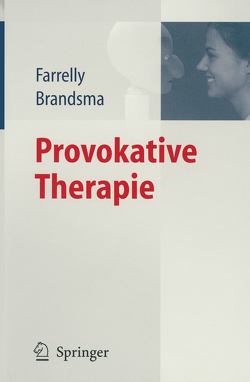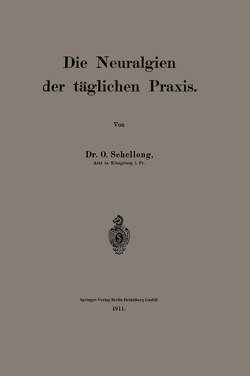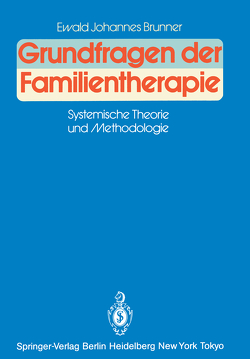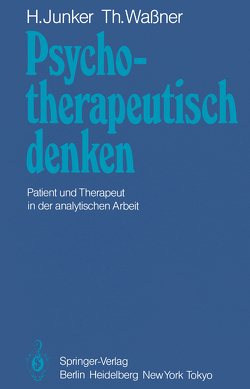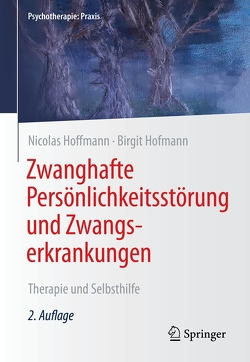Zwangsstörung
Grundlagen - Formen - Interventionen
Matthias Backenstraß, Charles Benoy, Christine Brancato, Veronika Brezinka, Gerhard Dammann, Kenneth M. Dürsteler-MacFarland, Stephan Egger, Cornelia Exner, Jakob Fink-Lamotte, Susanne Fricke, Vanya Gocheva, Bernhard Grimmer, Carlotta Heinzel, Karsten Hollmann, Ina Jahn, Jan Ilhan Kizilhan, Christian Klesse, Patrick Köck, Roselind Lieb, Maximilian Maywald, Marcel Miche, Karoline Pitsch, Oliver Pogarell, Christine Poppe, Hans Reinecker, Tobias Renner, Andreas Riedel, Nina Romanczuk-Seiferth, Michael Rufer, Egemen Savaskan, Katarina Stengler, Claus Voegele, Karina Wahl, Susanne Walitza, Marc Walter, Steffi Weidt
The disorders that are categorized under the term ?obsessive-compulsive= are mistakenly regarded as being rare forms of mental illness. In fact, more than 3% of the population suffer from obsessive-compulsive disorders. In addition to the severe sense of shame that those affected experience, which causes acute psychological stress, the disorder is often not recognized, or recognized incorrectly. In addition, there is a persistent misconception among experts that obsessive-compulsive disorders are difficult to treat. This practice-oriented standard work deals with the broad spectrum of this often bizarre condition, which is difficult to understand for outsiders, in accordance with the latest state of knowledge about it. Numerous renowned experts provide well-founded explanations of the background, special features, and methods of treating obsessive-compulsive disorder.
